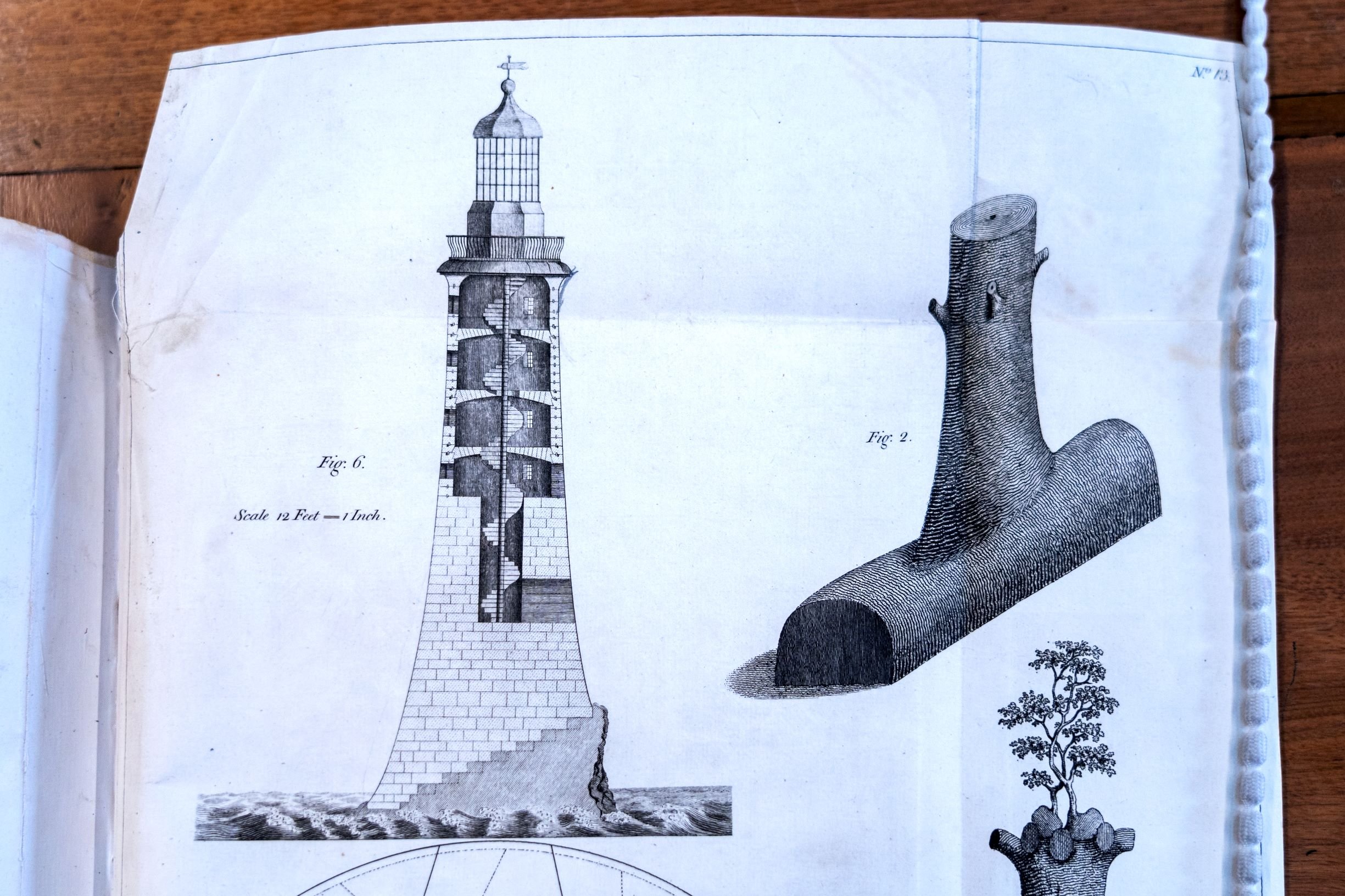The Wilford Archive
comprising thousands of items, has been created over many years by one of the company’s longstanding members, Graham Wilford. It is a collection of images, records, documents, and all things Taylor's. Here are a few of them, some quirky, some historical, some ghostly.
A small selection from the Wilford Archives
-
Behind the frontage properties were a series of small tenements including Ickringill’s Yard, almost filling what was to become the Hall forecourt, leaving the Merchant Taylors just the small yard area immediately in front of the Hall itself. Learn More
-
Was the original brick wall showing signs of distress, and was the buttress added some 200 years later to provide support? Learn More
-
The carved Arms were commissioned by the Company of Merchant Taylors in 1963 to commemorate the 300th Anniversary of the granting of the Charter of Charles II, which incorporated the Company. Click here to learn more
-
The Charter of 1662, granted by King Charles II, is one of the most important documents in the history of the Merchant Taylors of York. It established the Company of Merchant Taylors in the City of York and remains its governing document. Click here to learn more
-
The Counting Table was commissioned to mark the 350th Anniversary in 2012 of the granting of the Merchant Taylors Charter in 1662. The cost of £4500 was met from Members’ donations The Fabric Committee’s September 2011 recommendation to the Court, which was accepted and led to the making of the table Learn More
-
The Coat of Arms over the fireplace in the Great Hall (shown below) are those of the London Company of Drapers, as they existed during the period 1613 - 1668
-
The painting of a tree-lined avenue leading to a fortified house hanging in the Small Hall has been there for as long as any recent Members can remember. It is commonly referred to within the Company as the ‘Dutch Painting’. Learn more
-
The formal Grant itself is a beautifully embellished document lodged with the Borthwick Institute for Archives at the University of York. Learn more
-
The stained-glass panel was painted in 1662 and is the earliest known work of Henry Gyles, the famous York glass painter - born in Micklegate, York in 1646 (died 1709). Henry Gyles was largely responsible for the revival of glass painting in England after the Civil War, along with religious imagery. Learn More
-
In 1978, the lighting in the Great Hall consisted of eight small chandeliers, each with four lamps1 and a number of tungsten strip lights mounted on the cornice to the panelling. Learn More
-
The major restoration of the Hall took place during the period 1948 to 1951, prior to that, the Hall in general and the Great Hall in particular were in a very dilapidated state. Learn More
-
This Indenture Made the fourth day of September in the thirteenth Year of the Reign of Our Sovereign George the Second by the Grace of God, of Great Britain, France and Ireland, King Defender of the Faith xx and in the Year of Our Lord One Thousand Seven Hundred and thirty nine . Learn More
-
There can be little room for doubt, from the records quoted below, that James Jenkinson, whose name is included in the Roll of Merchant Taylors’ Masters hanging in the Small Hall, was indeed the father-in-law of John Smeaton FRS Learn More
-
As a result of discussions which started in September 1998, the Company agreed in May 1999 to mark the forthcoming Millennium, by commissioning Peter Mennim to paint a portrait of Members attending a reception in the Great Hall. Learn More
-
Whilst three of the Great Hall’s massive roof truss tie beams are straight, the tie beam nearest to the east window is noticeably arched, and on the window side of the arched tie beam, there are eight evenly spaced notches,What are they all for? Click here for the answers
-
The Entrance Porch to the Hall is one of the interesting external features of the Hall. It protects the amazing old heavy timber door with its wicket door and is in line with the medieval ‘screens passage’ beyond Learn More
-
John Yackersley, bought for himself the site of the Merchant Taylors’ Hall in London in 1331. He was described as tent-maker or pavilioner to Edward II and Edward III
-
In 2012 the Merchant Taylors arranged for samples of the Hall’s roof timbers to be taken in order to determine their age. This is termed a ‘dendrochronological investigation’. It involves taking small diameter ‘cores’ from each of the separate roof timbers and then comparing the sequence of annual growth rings in the cores, with a reference set comprising the sequence of growth rings from trees of known ages. Learn More
-
The Stone Coat of Arms built into the west boundary wall of the hall forecourt depicts the Arms of the London Company of Merchant Taylors. It was carved in 1887 by George Walker Milburn. Learn More
-
from 1705 until the first York Theatre Royal was established by Thomas Keregan in 1734, he and his predecessors and their players provided the City’s regular theatrical entertainment in the Merchant Taylors Hall. The Hall therefore played a very significant role in the history of York’s theatre at that time. Learn More





















